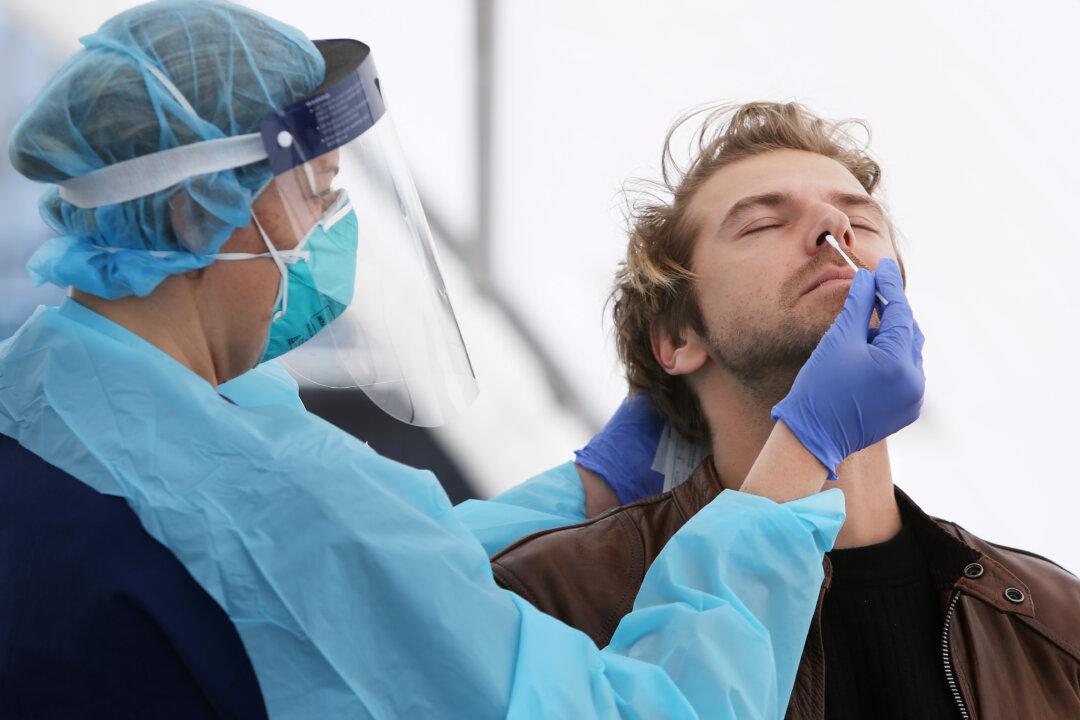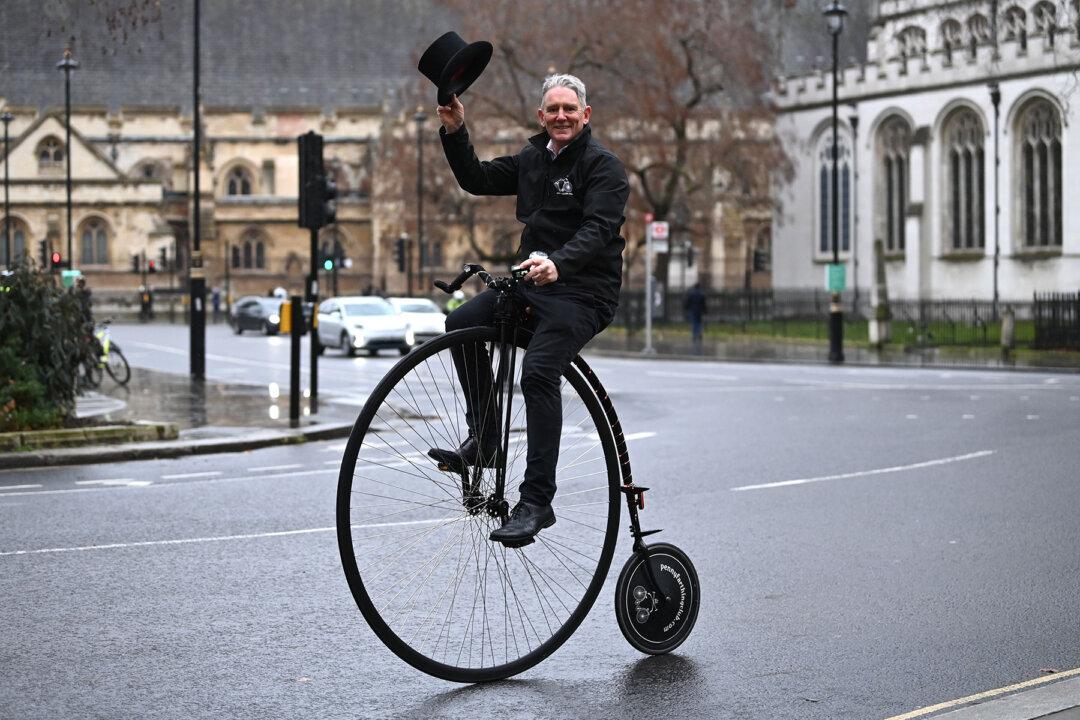The prevalence of COVID-19 cases in England has dropped by almost 30 percent in November, according to the latest results of a large-scale study released on Monday.
The REACT study, by Imperial College London and Ipsos MORI, analysed over 105,000 swabs tests between Nov. 13 and 24, with preliminary results showing that only 0.96 percent of the population has the virus, or 1 in 100 people, compared with 1.3 percent, or 1 in 80, at the start of November.




